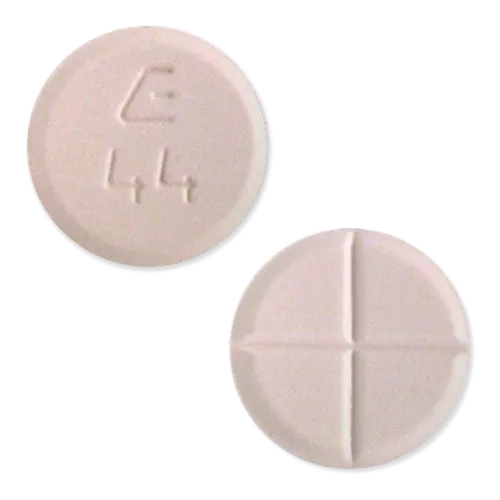Overview
Zanaflex, generically known as tizanidine, is a muscle relaxant used to treat spasticity associated with neurological disorders like multiple sclerosis and spinal cord injuries. It blocks nerve impulses to reduce muscle stiffness and pain, improving mobility. Available in tablets and capsules, Zanaflex offers dosing flexibility.
History of Development and Approval
Developed by Elan Pharmaceuticals, Zanaflex received FDA approval in 1996 for spasticity management. Its efficacy and safety, validated through extensive clinical trials, have made it a trusted option for neurological conditions.
Key Benefits
- Muscle Relaxation: Reduces stiffness and spasms, enhancing movement.
- Pain Relief: Alleviates discomfort from spasticity.
- Flexible Forms: Tablets and capsules suit varied patient needs.
- Rapid Action: Quickly absorbed for fast symptom relief.
Unique Properties
Zanaflex targets alpha-2 adrenergic receptors to inhibit motor neurons, effectively reducing spasticity with a rapid onset, distinguishing it from other muscle relaxants.
Comparison with Similar Medications
Compared to other muscle relaxants, Zanaflex offers:
- Selective Action: Targets alpha-2 receptors, reducing side effects.
- Fast Relief: Quick onset for prompt spasticity control.
- Versatile Dosing: Multiple forms enhance patient compliance.
Safety and Tolerability
Zanaflex is generally well-tolerated, with common side effects including dry mouth, drowsiness, and dizziness. Rare serious effects, such as liver dysfunction or low blood pressure, require monitoring. Regular healthcare provider oversight ensures safety.
Indications for Use
Zanaflex is indicated for:
- Muscle Spasticity: Associated with multiple sclerosis, spinal cord injuries, or other neurological conditions.
Dosage and Administration
Adults: Start 2–4 mg every 6–8 hours, titrate to max 36 mg/day.
Children: Not indicated.
Elderly: Start low, monitor for tolerability.
Timing: With/without food, consistent schedule.
Notes: Gradual titration reduces side effects; avoid abrupt cessation.
Mechanism of Action
Tizanidine acts on alpha-2 adrenergic receptors, inhibiting motor neuron activity to reduce muscle spasticity and associated pain.
Composition
Active Ingredient: Tizanidine hydrochloride, drives muscle relaxation.
Inactive Ingredients: Cellulose, lactose, magnesium stearate for tablet/capsule stability.
Side Effects
Common: Dry mouth, drowsiness, dizziness, fatigue.
Rare: Weakness, sedation.
Serious: Liver dysfunction, hypotension, hallucinations require urgent care.
Prevention of Side Effects
Titrate doses slowly, monitor liver function, avoid alcohol. Use reminders for adherence and report serious symptoms promptly.
Contraindications
Avoid in hypersensitivity to tizanidine or with fluvoxamine/ciprofloxacin (CYP1A2 inhibitors).
Warnings and Precautions
Monitor liver function, blood pressure, and sedation levels. Caution in patients with hepatic or renal impairment.
Drug Interactions
CYP1A2 inhibitors (e.g., fluvoxamine) increase tizanidine levels; CNS depressants enhance sedation. Disclose all medications.
Overdose
Symptoms: severe hypotension, sedation, confusion. Seek emergency care immediately.
Pharmacokinetics
Absorption: Rapid, peak 1–2 hours.
Distribution: Widely distributed, moderate protein binding.
Metabolism: Liver via CYP1A2.
Elimination: Urine; half-life ~2.5 hours.
Dosage Forms
Tablets (2, 4 mg), capsules (2, 4, 6 mg) for oral administration.
Pregnancy and Breastfeeding
Use if benefits outweigh risks (Category C); excreted in milk, consult provider for breastfeeding.
Storage
Store at 20°C–25°C (68°F–77°F), dry, light-protected, away from children. Dispose expired properly.
Clinical Evidence
Trials confirm Zanaflex’s efficacy in reducing muscle spasticity and improving mobility in neurological conditions, with rapid and sustained relief.
Conclusion
Zanaflex is an effective muscle relaxant for spasticity, offering rapid relief and flexible dosing. Adhere to prescribed regimens, monitor side effects, and consult providers for optimal outcomes.




